Throat Cancer: A sore throat, difficulty in swallowing and lump in the throat may be a sign of throat cancer
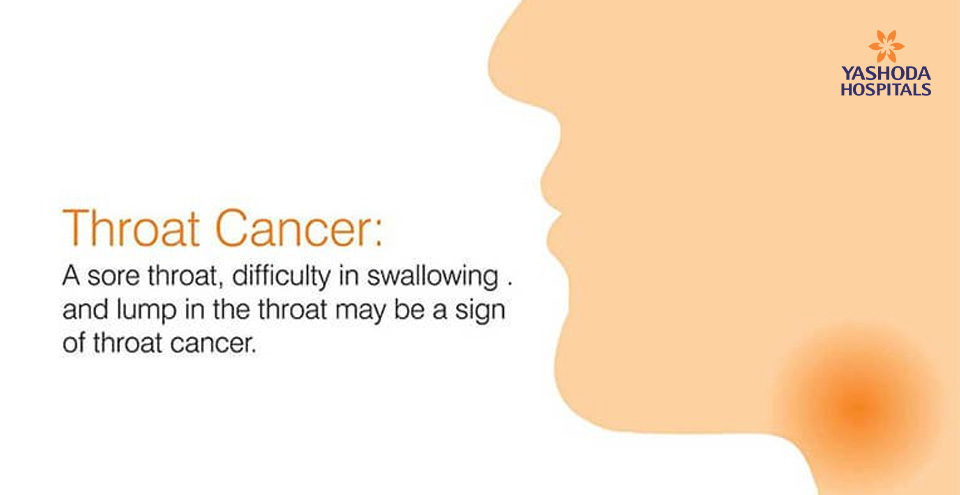
Cancerous tumors can develop anywhere in the body. When these tumors develop in the throat, voice box or tonsils, it is referred to as throat cancer. Throat cancer usually develops in the flat cells that line the inside of the throat. The voice box or tonsils may also be affected by cancer. Throat cancer may also affect the cartilage part (epiglottis) which forms the lid of the windpipe.
Throat cancer is of different types. Nasopharyngeal cancer occurs in the part of your throat just behind your nose. The Oropharyngeal cancer occurs in the throat right behind your mouth that includes your tonsils. Hypopharyngeal cancer occurs in the lower part of your throat, just above your esophagus and windpipe. Other cancers are glottic cancer of vocal cords, supraglottic cancer of epiglottis and subglottic cancer of the lower portion of your voice box.
Symptoms
The symptoms of throat cancer include, incessant cough with changes in voice and hoarseness. Patients suffering from throat cancer may ear pain, difficulty in swallowing food, and lump in the throat.
Causes
The exact cause of throat cancer is not known. The genetic mutations cause cells to grow uncontrollably, forming a tumor and resulting in throat cancer. However, it is not clear what causes mutations and the resultant throat cancer.
Risk Factors & Complications
There is always a risk of throat cancer in people who are addicted to drinking and smoking. Chewing tobacco may also pose the risk of throat cancer. Human Papillomavirus (HPV) and Gastroesophageal reflux disease (GERD) may also pose the risk of throat cancer. Lack of healthy diet and exercise may lead to fall in body’s resistance and turn more susceptible to cancer.
Test & Diagnosis
When the patient visits the doctor with symptoms of throat pain, cough, difficulty in swallowing, ear pain and lump in the throat the doctor uses an endoscope to take a closer look at the throat. The endoscope helps the doctor to watch abnormalities in the throat. To study the voice box, the laryngoscope is used.
If the doctor finds abnormalities in the throat, a tissue sample is sent to the laboratory for testing. In addition to this, the patient is also advised to undergo imaging tests like X-ray, CT, MRI and PET. After completion of the diagnosis, the stage of the throat cancer is determined by the doctor.
Treatment
Your doctor discusses the benefits and risks of each treatment option for throat cancer. Different treatments are available for throat cancer. These include radiation therapy, surgery, chemotherapy and targeted drug therapy. Each treatment is prescribed with a specific objective to achieve.
For early stage throat cancers, radiation therapy is prescribed. In case of advanced throat cancers it may be mix of radiation, chemotherapy and surgery. Early or superficial cancers may be erased or vaporized by using a laser. Laryngectomy and pharyngectomy are surgeries undertaken to totally remove the cancer.
Rehabilitation is crucial for complete recovery following throat cancer treatment. In cases of tracheotomy, the care of surgical opening in the throat (stoma) is vital for complete recovery. Patients may suffer from eating and swallowing difficulties. They may also experience stiffness of the neck followed by speech problems. Continuous supervision by the specialist is crucial for successful treatment and early recovery.





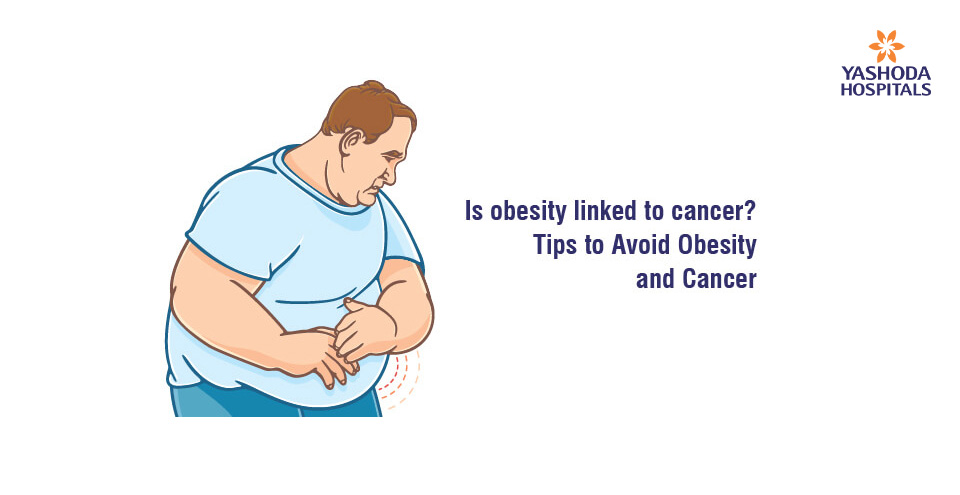


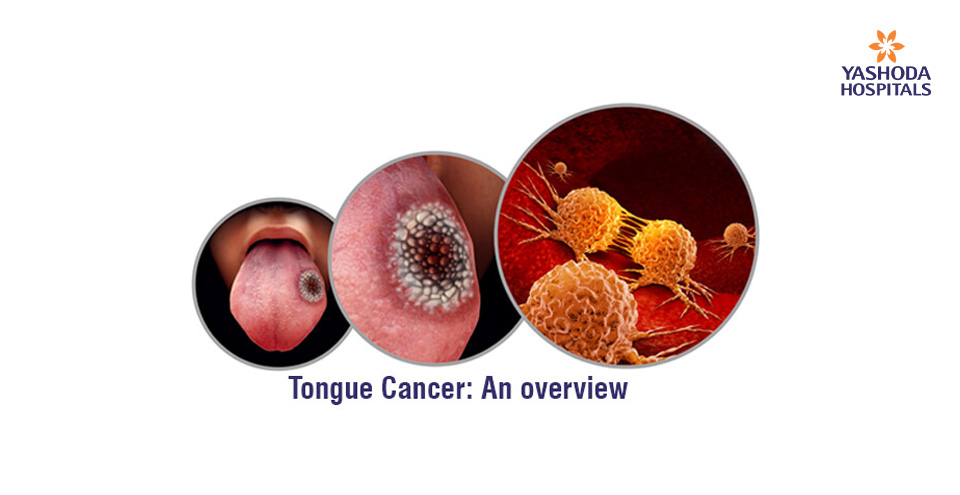

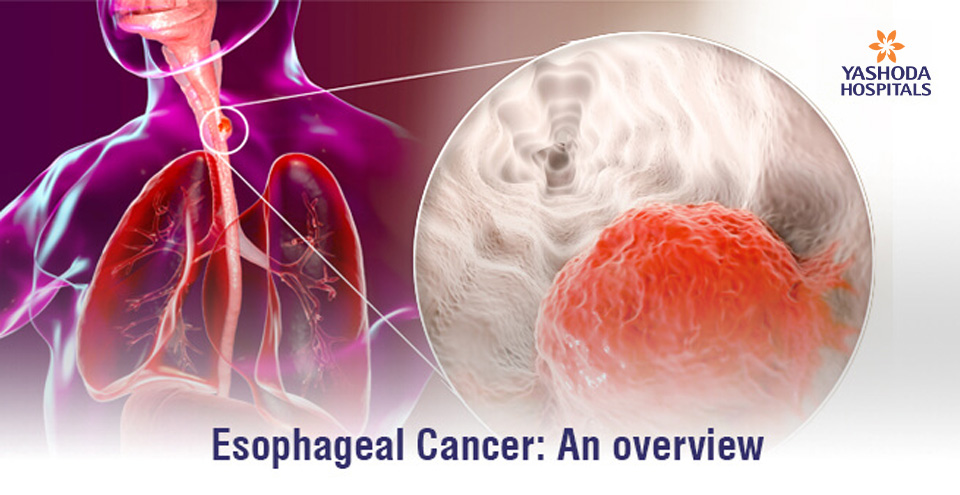



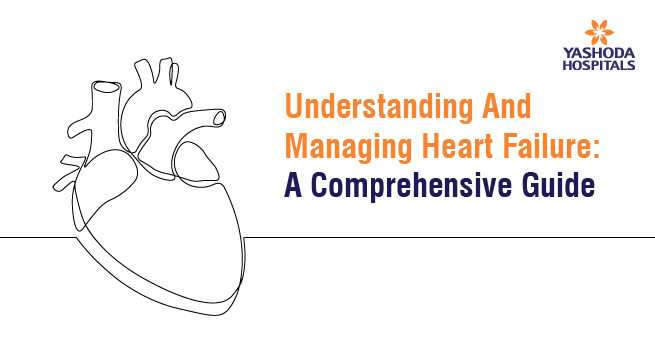




 Appointment
Appointment Second Opinion
Second Opinion WhatsApp
WhatsApp Call
Call More
More





